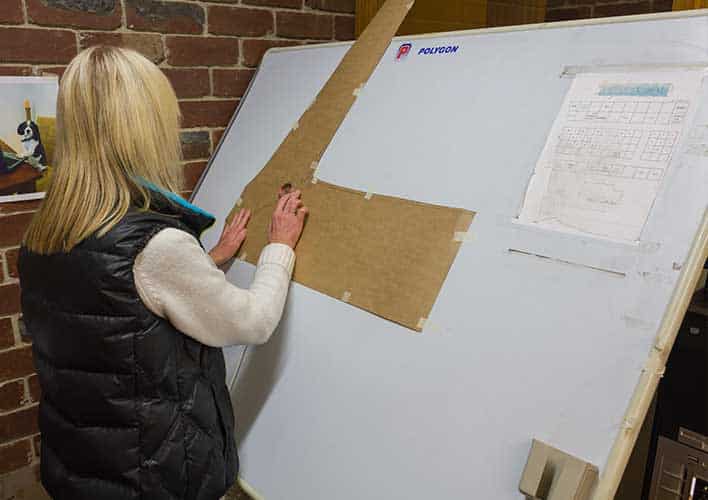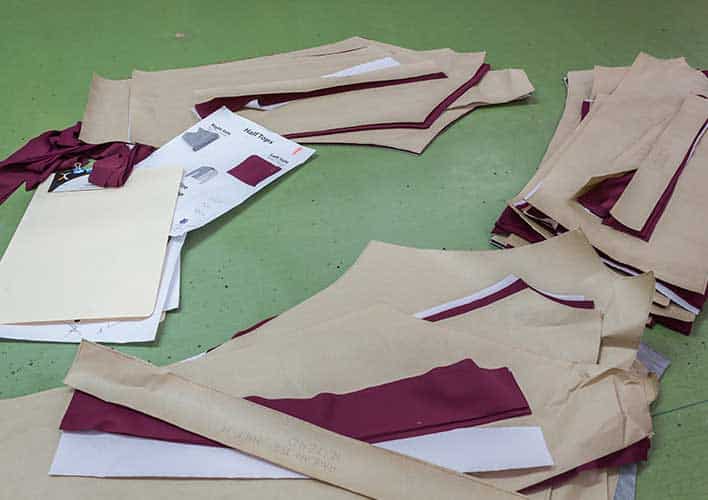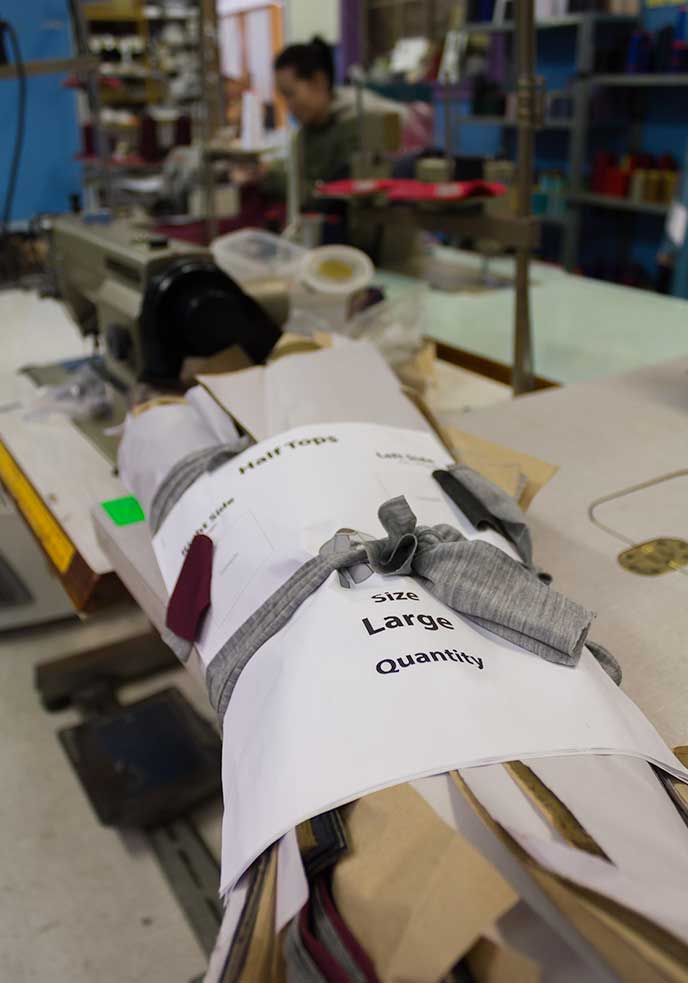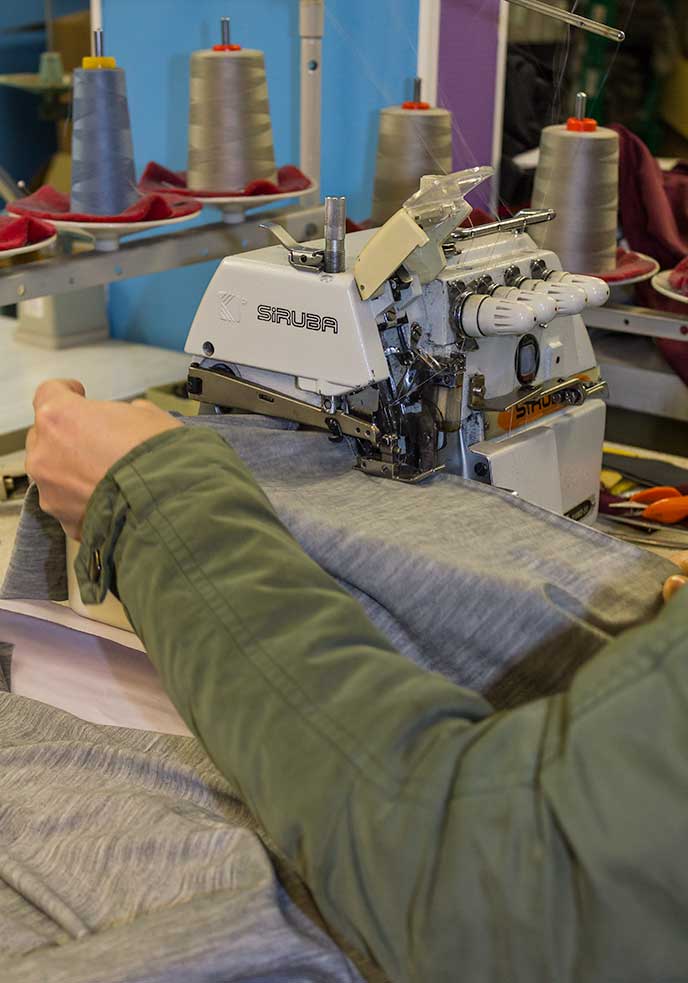In order to test the differences between polyester and merino wool fabric during actual field use, we decided to utilise a harlequin half tops design method. These harlequin half tops have been constructed in a local facility using general grades of polyester and merino wool fabrics that can be expected to be found in typical base layer products, the fabrics do not feature any special treatments or additives so that we could compare them in a relatively natural state. The right side of the garment uses 100% merino wool fabric while the left side is comprised of 100% polyester. This will allow real-time comparisons to be made during actual field use.
To enable a reasonable number of participants in as varied terrains and climates as feasible, we have constructed prototype garments for more than thirty individuals. The field users are located in a diverse assortment of environments ranging from mountainous to tropical regions. With this, it is our goal to achieve feedback during actual hunting use for both warm and cool climates, comprising both active and static hunting practices.




The vast majority of garments utilise lightweight polyester and lightweight merino wool incorporated into their construction. However, we have also manufactured a smaller number of prototypes using lightweight and heavyweight merino wool, as well as light and heavyweight polyester half tops. Also, we have created a limited number of “full tops” (garment being comprised of a single fabric) for specific controlled testing applications.
Hunting by its very nature can be quite demanding on a layering system, it can involve periods of extremely high exertion while also incorporating times of very low activity. Hunters will always find themselves well away from tracks or formed paths, at times possibly pushing through thick bush; this may create durability issues. These are some of the things we endeavour to explore with the ultimate goal of finding which fabric is optimal for varying climates, temperatures, and levels of exertion…
Great experiment! I live in SE Qld and have been using merino wool but in layers. The first layer is quite light and when it gets hot you can still feel the breeze. I’m interested to see the results though.
Thanks for expressing your experiences. Yes merino is a great choice as a next to skin layer, but we did find that both merino and synthetic polyester fabrics both exhibited their own advantages and disadvantages.
For thermals merino all the way. When living in Qld my thermal was great to wear in the evenings after a full days hiking. Down south over winter all day and night. Feeling fresh 24hrs!!!! Day time in the hot = synthetic unfortunately
Thanks for sharing your thoughts. Do you mean that you prefer merino in cooler conditions and synthetic for warm conditions?
Interested to see the results of this
Thanks mate, we do have a lot of data and will be posting relevant information.
I still wear my 50/50
LOL…Thanks for participating in the wear trial. Think you’ll like the production base layers 🙂